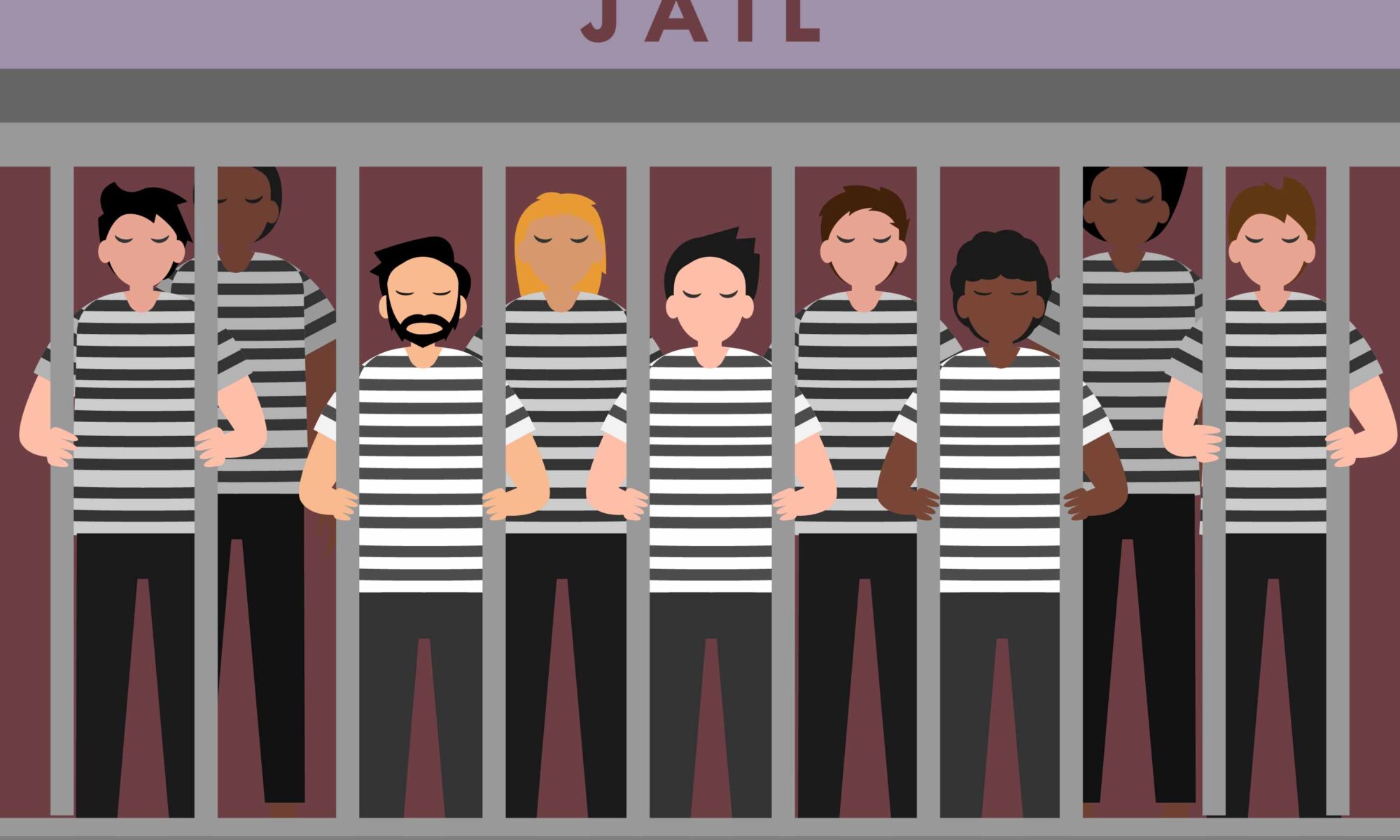 COVID-19 has hobbled the global economy, but the insurance industry’s potential exposure to the pandemic has kept attorneys busy.
COVID-19 has hobbled the global economy, but the insurance industry’s potential exposure to the pandemic has kept attorneys busy.
“I can’t even begin to tell you the number of phone calls we’ve received from commercial clients desperate for guidance about what they’re supposed to do to reopen their businesses,” Tancred Schiavoni, a partner at the law firm of O’Melveny and Myers, told attendees at a session from May’s CAS Spring Meeting. The meeting had been scheduled for Chicago but was held virtually because of the virus.
In “Risk Management in Light of the Coronavirus Pandemic,” actuaries heard how litigation and proposed legislation over business interruption coverage threaten to affect insurers for some time to come. They also received a detailed description of the likely impact on insurers’ underwriting and asset losses.
“This might be a lawyer’s dream of bringing just about any kind of claim you can think of . . . but it’s a nightmare for our country and the [insurance] industry,” Schiavoni said. Clients worry their businesses could be held liable for future outbreaks on their premises.
Schiavoni said some clients have already had claims brought against them for wrongful death and other injuries associated with alleged exposures on their properties. “We haven’t seen many of these claims so far, but we are hearing from our non-insurer clients,” he said. He expects these threats to be “more in the forefront as businesses reopen.” Schiavoni speculated that hotels, cruise ship operators, nursing homes and venues for public gatherings would be primary targets.
Significant first-party claims
Zoheb Noorani, a counselor with O’Melveny, spoke about a number of first-party business interruption claims litigation currently being initiated. Noorani said that, despite most policies specifically excluding coverage for viruses, most plaintiffs claim their losses are due to government actions that shut businesses down. “So, there is an argument framed to get around the virus exclusion,” he said. “We don’t think it’s very strong.”
Noorani explained that policy language typically pivots on the words “direct physical loss of or damage to property at premises.” “Those words,” he said, “will be the critical issue being litigated. Does the presence of COVID-19 on a property constitute direct physical loss or damage?”
Arguments based on “civil authority” policy language still must contend with the “direct physical loss or damage” issue, Noorani said. He presented typical language stating that business losses will be covered “if they are caused by action of civil authority that prohibits access to the described premises due to direct physical loss of or damage to property, other than at the described premises.”
Civil authority provisions, Noorani explained, are intended for situations in which, say, a fire damaged one building but access to adjacent buildings had to be barred. Plaintiffs would need to show that access is prohibited (in many cases, it clearly is not), and it was prohibited due to damage at a property other than the one covered in the policy.
Another critical issue for Noorani is how damages will be measured. For example, would damages consist of lost income that would have been earned absent the pandemic or lost income that would have been earned had the business remained open during the pandemic?
Legislative efforts
Schiavoni recounted how, in the wake of the 9/11 attacks, concerns were prevalent that businesses in New York City and other likely targets might not be able to get insurance. Efforts by state and federal governments and business interests led to the creation of the federal Terrorism Risk Insurance Act (TRIA), which provides a backstop to insurers to cap losses should another large-scale terror event occur. “We’ve seen legislative initiatives proposed, initially in states, and also before Congress, that were designed, in essence, to force coverage retroactively for COVID claims, particularly business interruption claims.”
If approved, he said, the bills now pending in a half-dozen legislatures to essentially override virus exclusions would cause “tremendous negative economic impact and result in claims being paid that weren’t anticipated.”
Schiavoni expressed support for a proposed federal initiative to mirror TRIA that would require participating insurers to make coverage available for public health emergencies, including “any outbreak of infectious disease or pandemic.”
A “double hit”
Aon senior managing director Sherman Power discussed the “double hit” property-casualty insurers have taken from the pandemic: underwriting losses and losses due to declining asset values.
“This correlation between assets and liabilities is a big lesson for our industry” in terms of any future pandemics, Power said. The second lesson, he said, is that “We are not — not yet at least — a good mechanism as an industry to address systemic risk . . . We know this now by the fact that the insurance industry here largely did not sell coverage for the pandemic.” The coverage in place was “just a fraction of the immense societal exposure,” Power said.
Using industry and financial markets data, Power described a disconnect in how reinsurers and financial markets perceive the pandemic. Reinsurers see the virus, from an underwriting perspective, as similar to a “typical” catastrophe in terms of expected losses.
In the equity markets, however, share prices of publicly traded large-cap P&C insurers fell more than 30% from January to May. To put that in context, Power said, those companies “lost aggregate market cap of $300 billion, which, by itself, is probably an order of magnitude larger than any of the current estimates of COVID-19 underwriting losses.” Possible explanations for the disconnect include uncertainty over the business interruption issue and recession-related concerns.
Aon managing director and actuary Dustin Loeffler discussed how the pandemic is affecting insurers’ and reinsurers’ solvency. “Out of all sources of capital companies have,” he said, “the one least impacted [by the pandemic] has been capital provided through reinsurance.” Reinsurers see COVID-19 “more as an earnings issue and not so much as a capital issue.” For most companies, he said, capital and surplus remain within or at the low end of an acceptable range, but they might need to “rebuild their buffer.” Loeffler said that this “might make some companies more vulnerable as they might have less capacity to absorb future shocks.”
Loeffler wrapped up with a discussion of how an insurer whose BCAR (Best’s Capital Adequacy Relativity) ratio has been impacted by the pandemic might bring that measure back up to pre-COVID-19 levels. BCAR uses an insurer’s leverage, underwriting activities and financial performance to determine how various scenarios might affect the company’s balance sheet.
Starting with a hypothetical insurer whose pre-crisis BCAR of 54% fell to 49% because of a 20% drop in capital and surplus, Loeffler said that the simple answer might be to increase capital and surplus through a combination of debt or equity. “But that could come at a very expensive cost,” he said, “especially in the current marketplace.”
Instead of focusing on increasing capital and surplus, Loeffler suggested. challenging the amount regulators say you need to have. He described several approaches to reducing net required capital by using reinsurance solutions to address the relevant asset, credit and operational risk components.
Jeff Dunsavage is a senior research analyst at the Insurance Information Institute.













